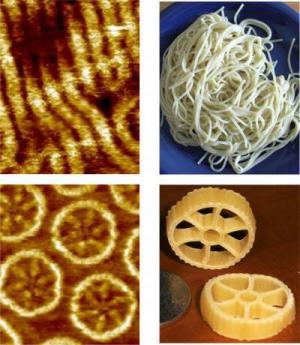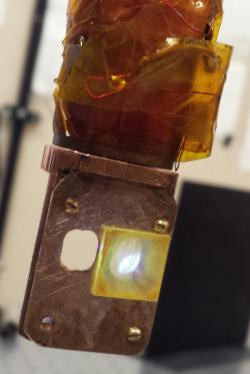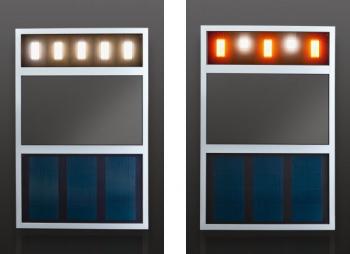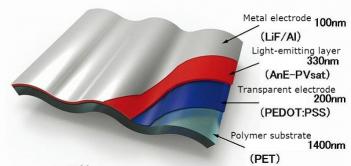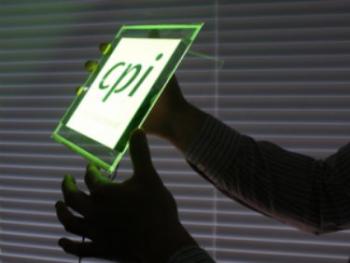Fraunhofer IAP and MBraun develop an OLED lighting and OPV printing system
Researchers from the Fraunhofer IAP insitute, together with MBraun, developed a new production facility that can be used to print OLED panels and OPV cells. They say that the new system can be used to produce large sample panels. The Fraunhofer showed the "bus stop of the future" that includes both large OPVs and OLED displays:
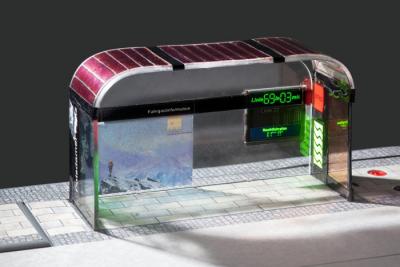
The Fraunhofer released very little technical details. I think this process actually produces very large OLED (or OPV) pixels , so you can think of these as OLED lighting panels and not really displays. The researchers said that the system includes a robot that controls different printers - and this all is like a "huge" ink-jet printer.



